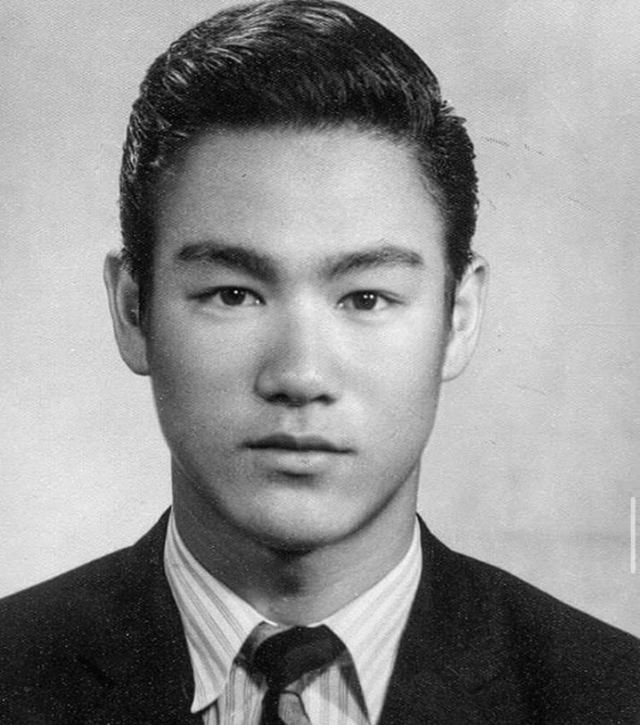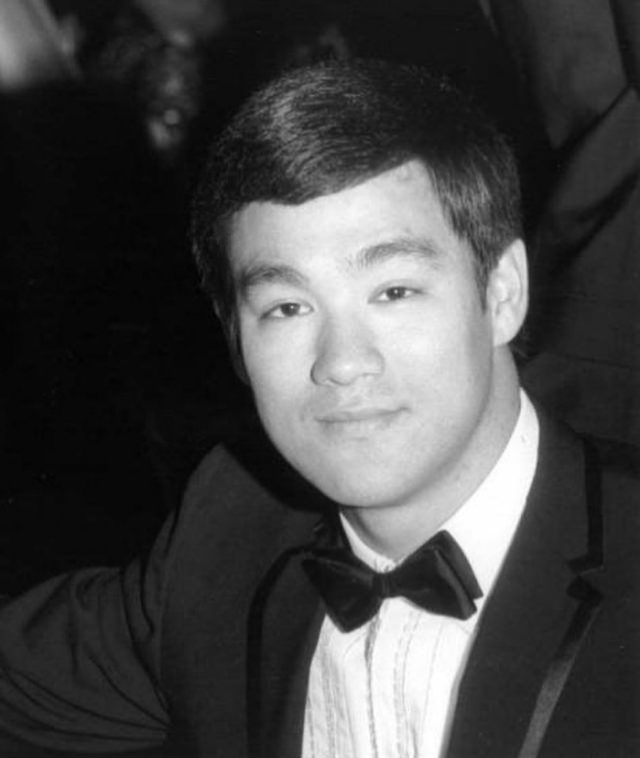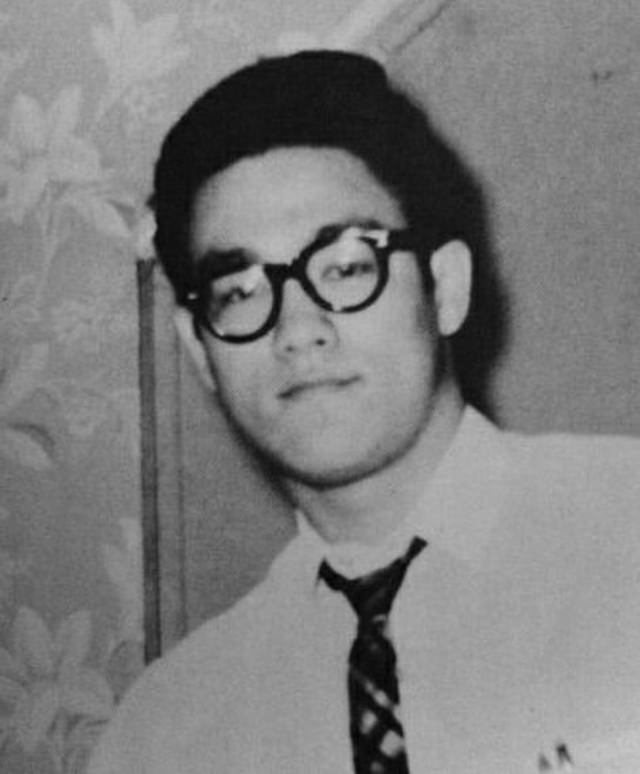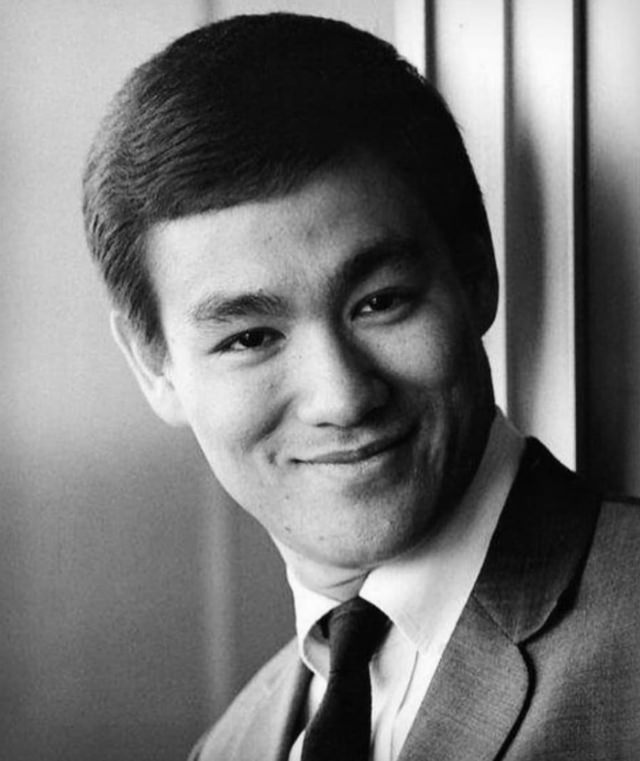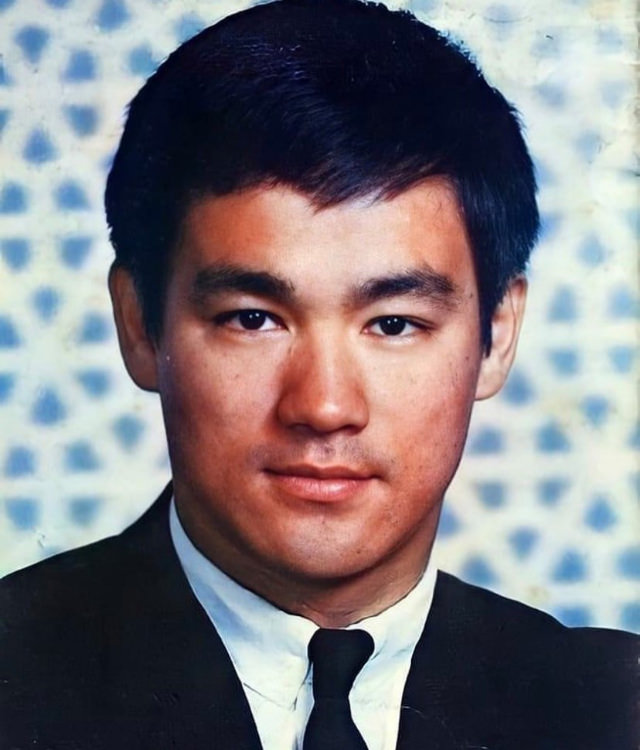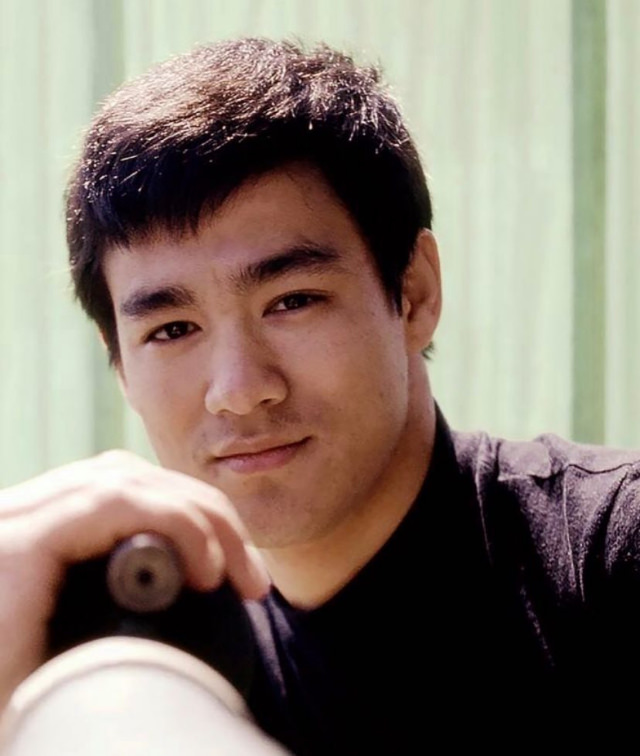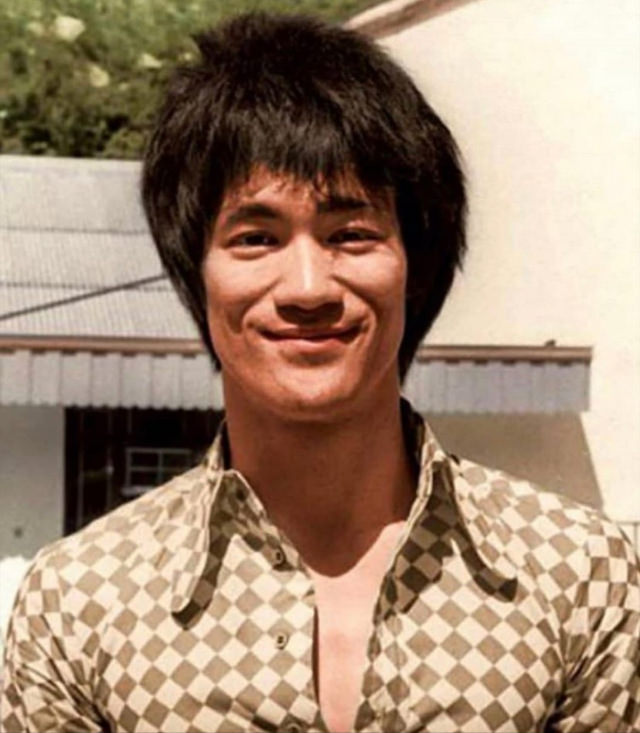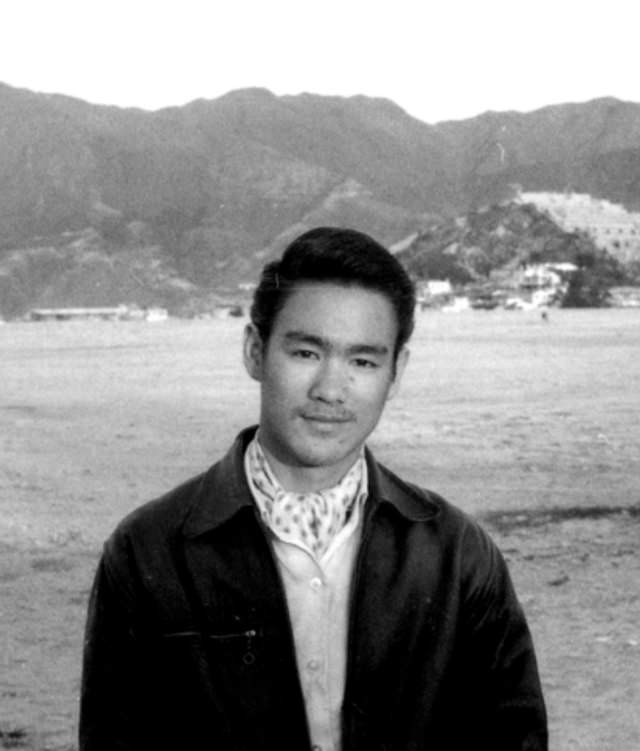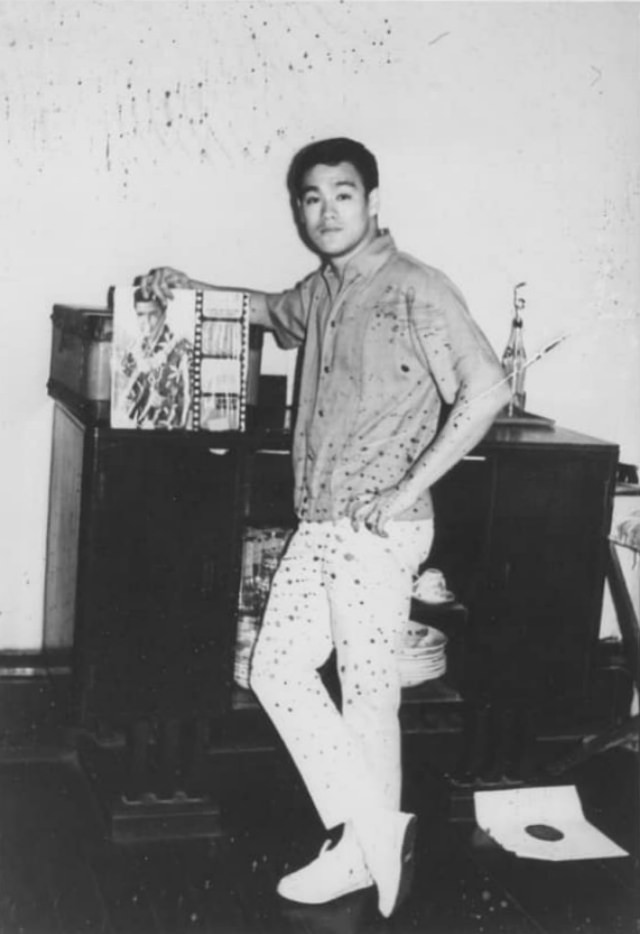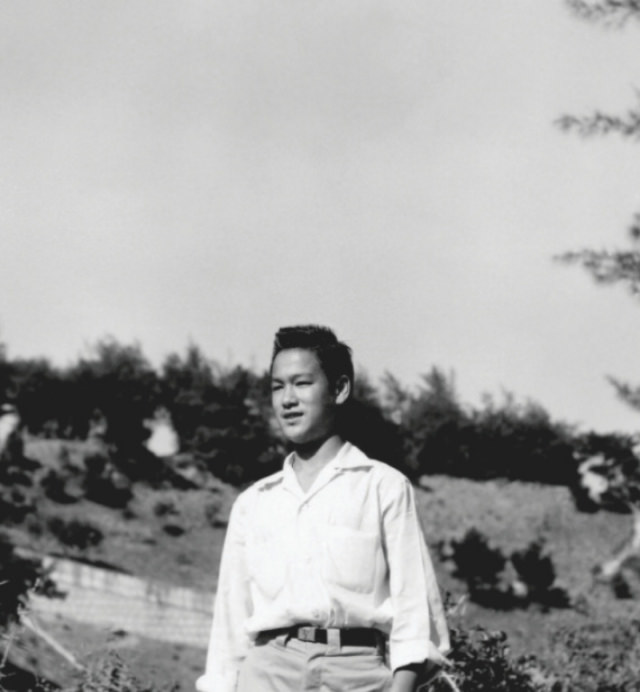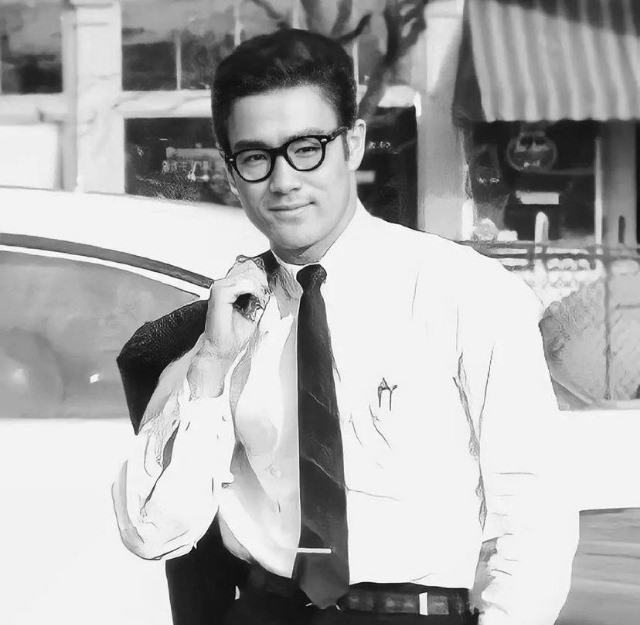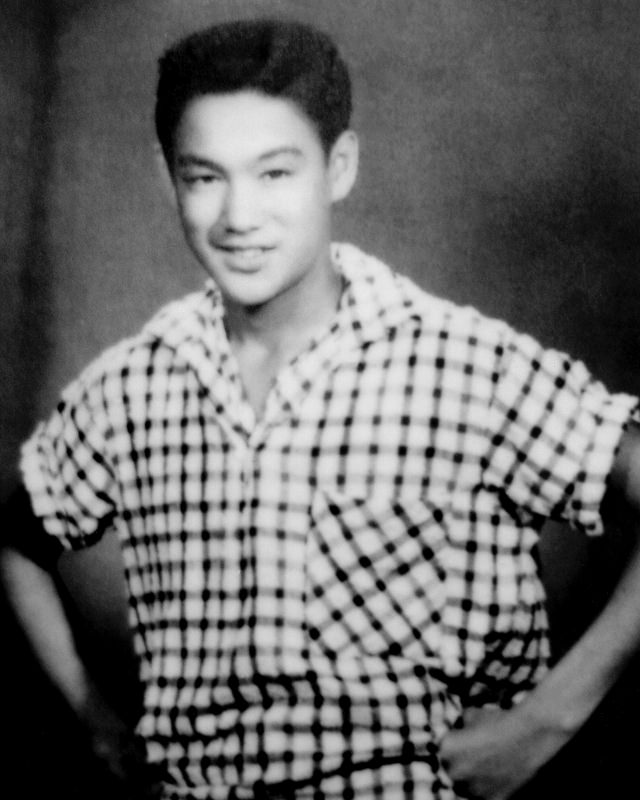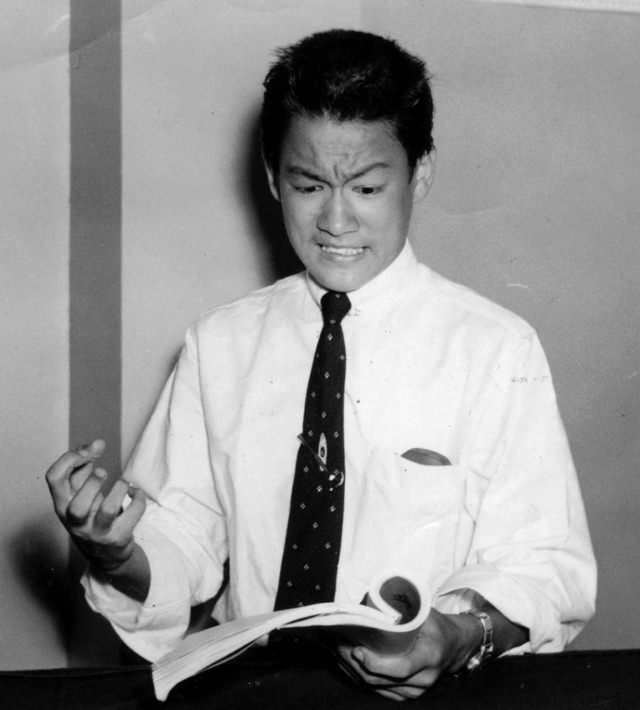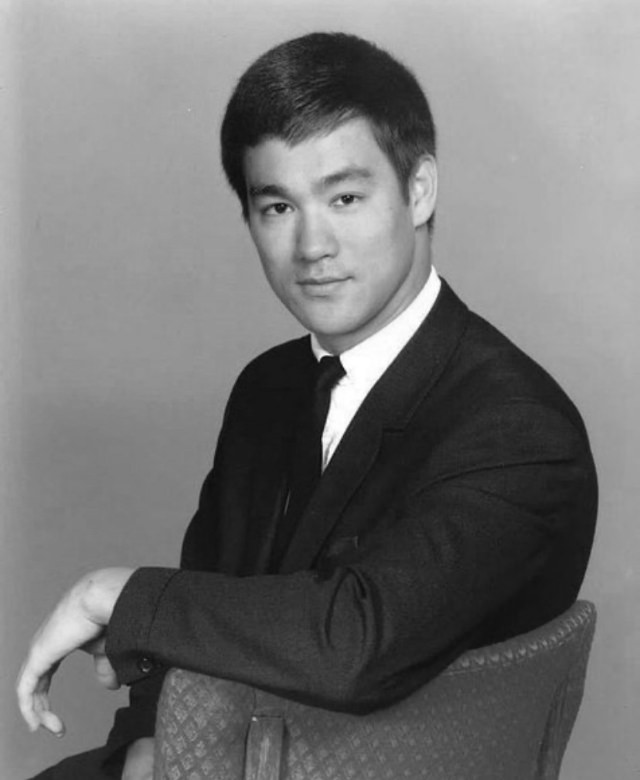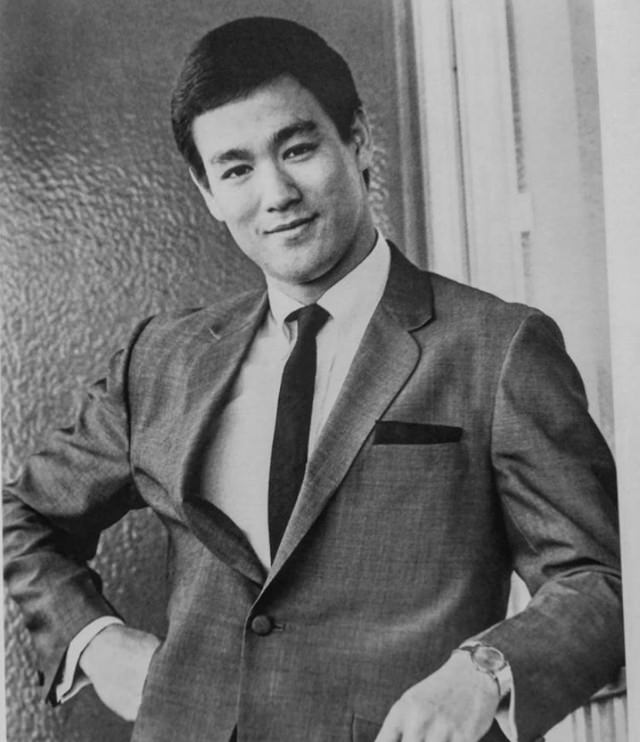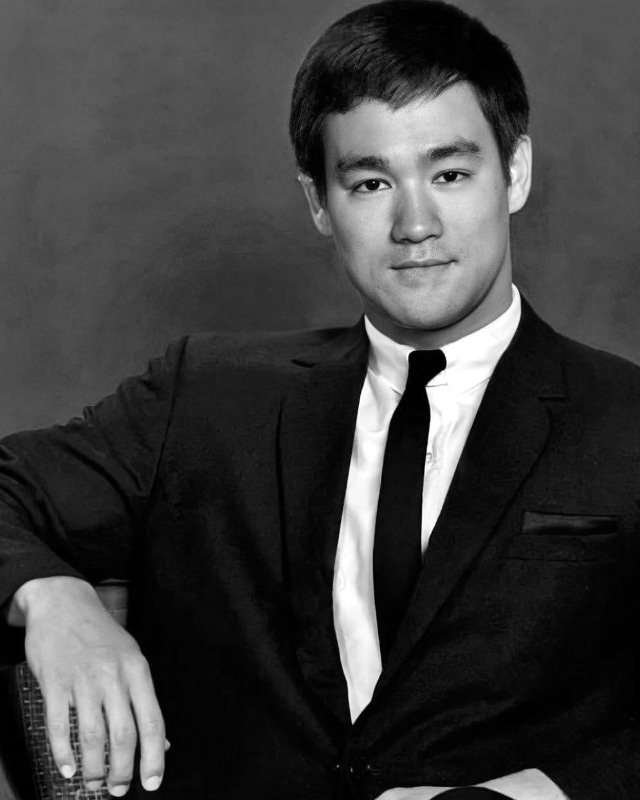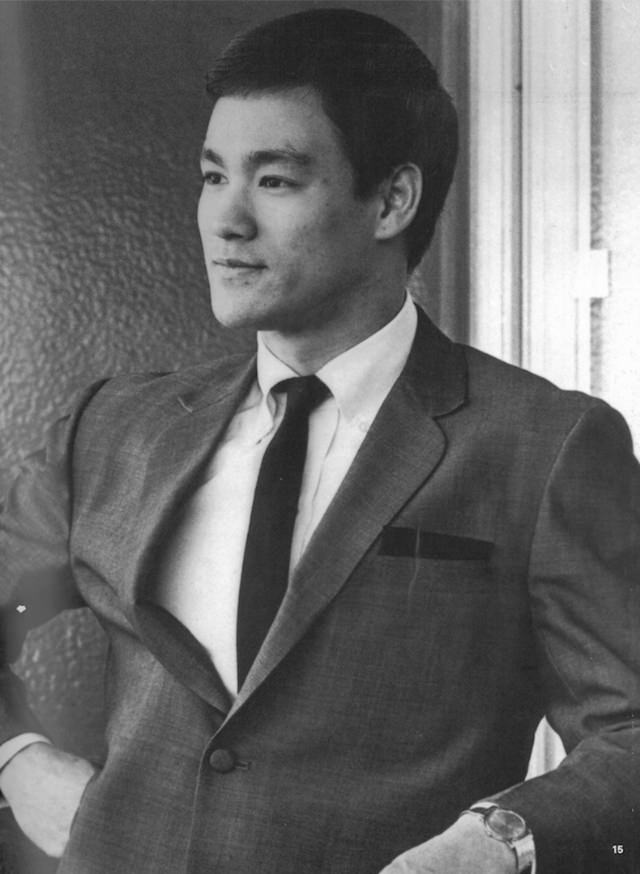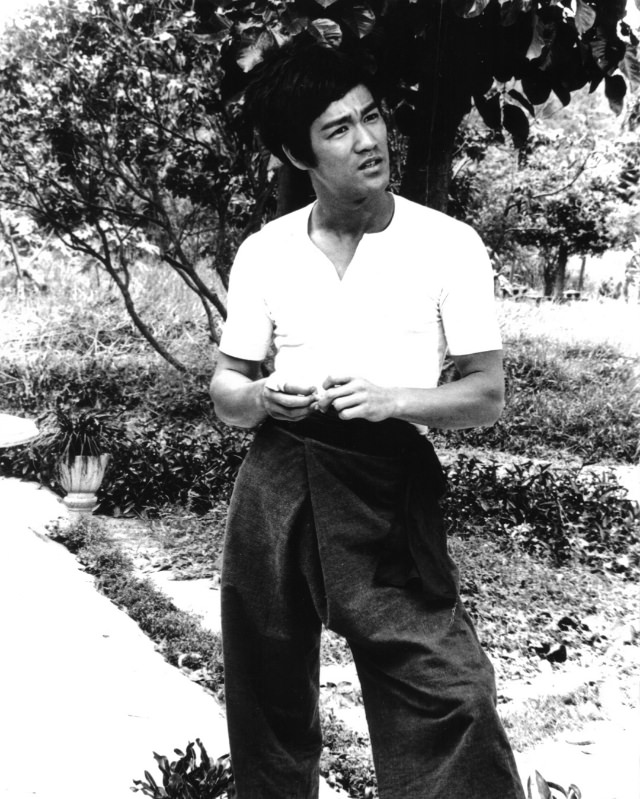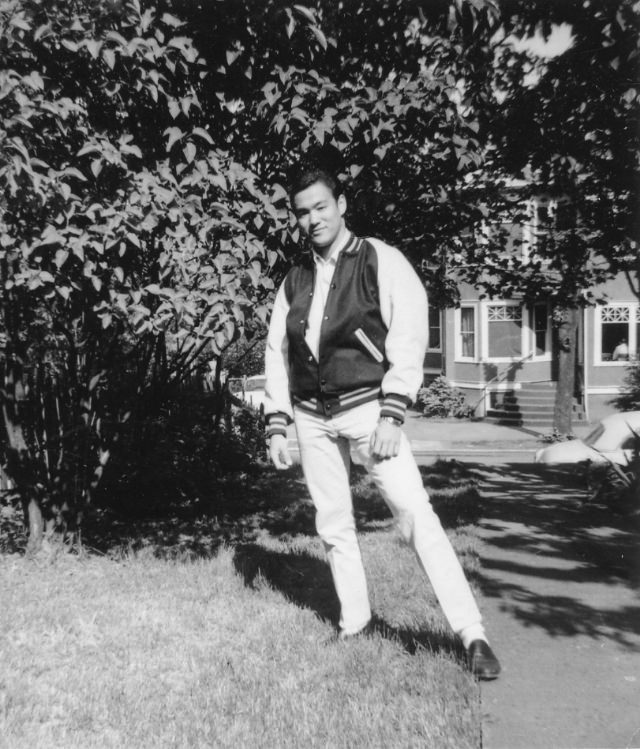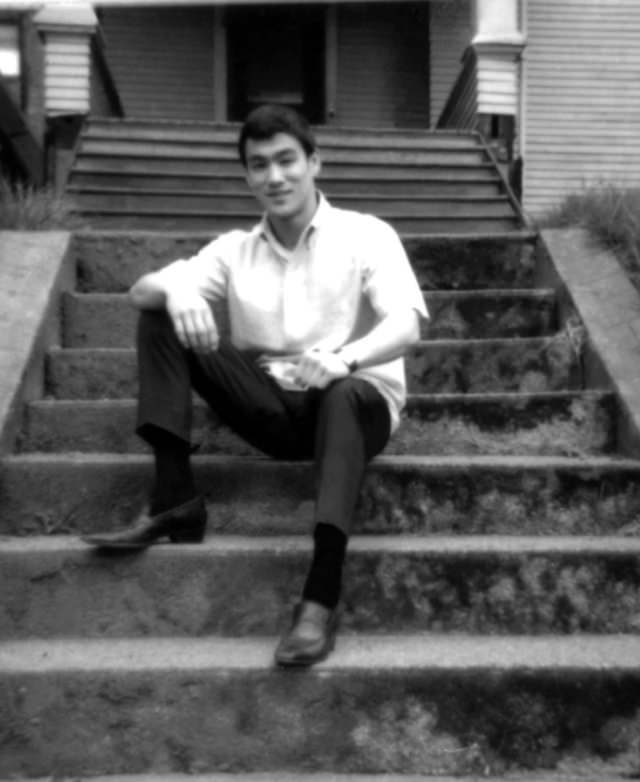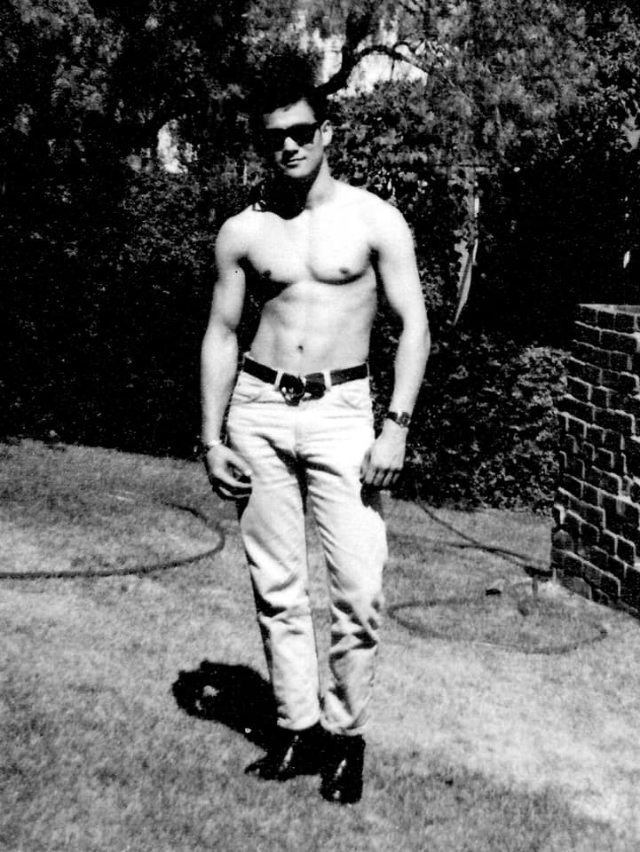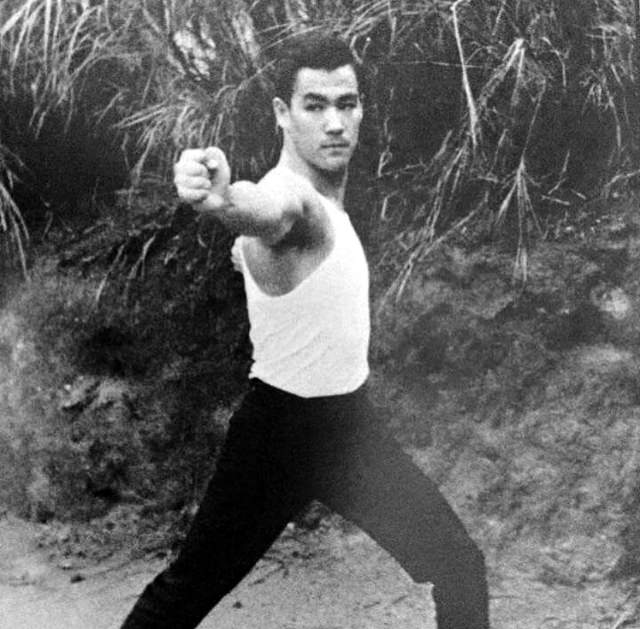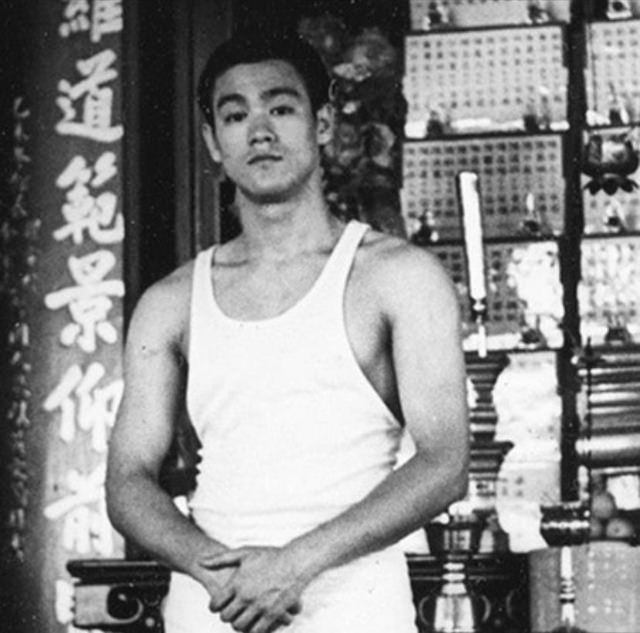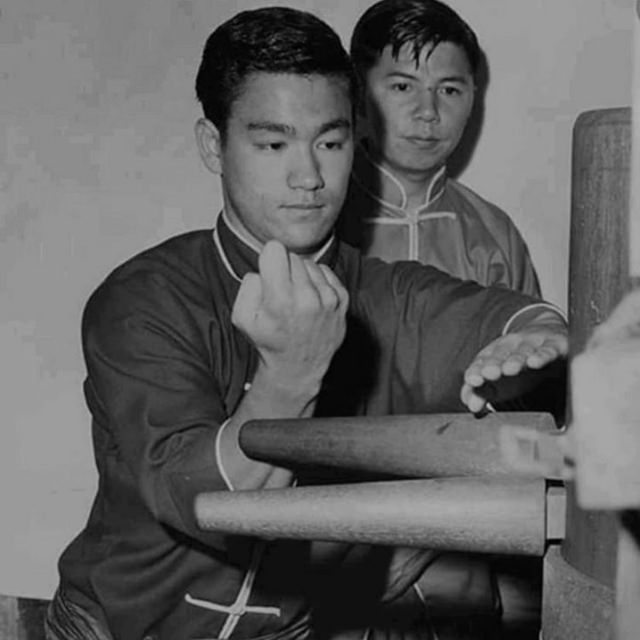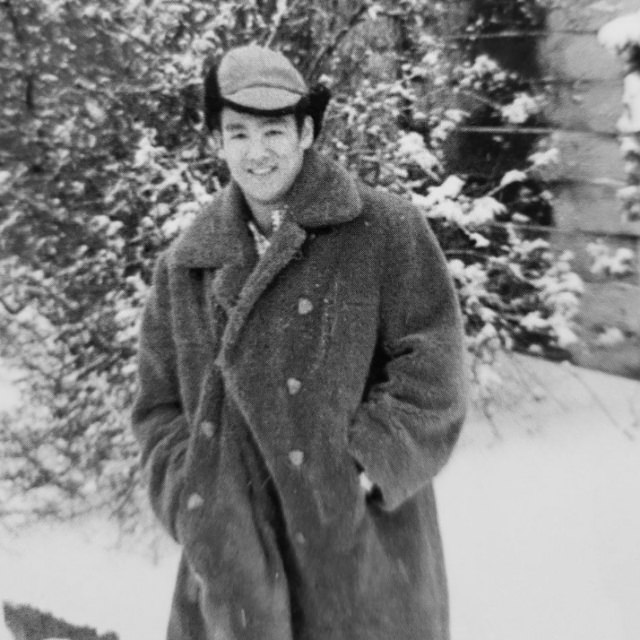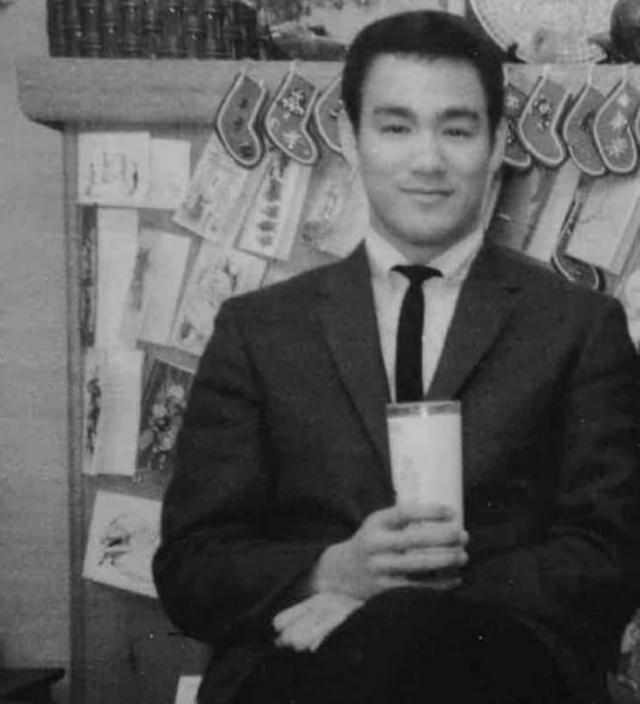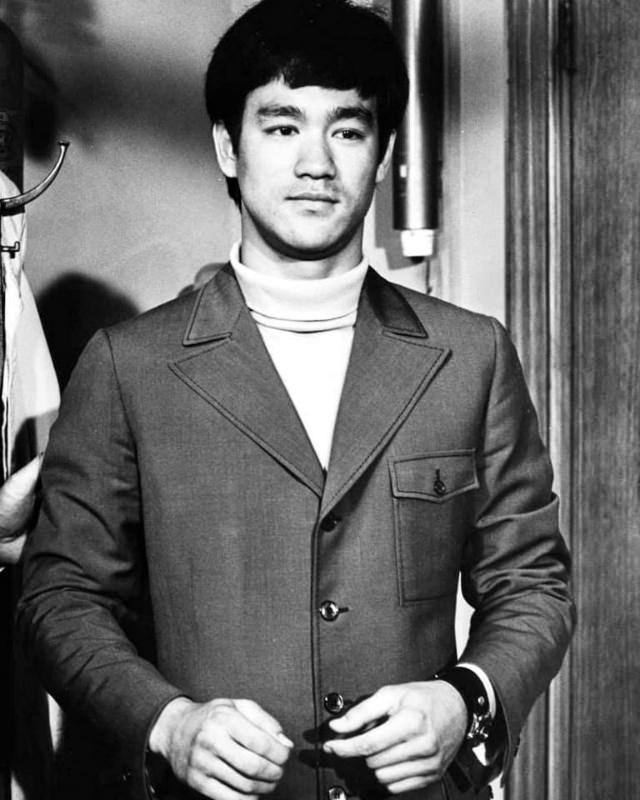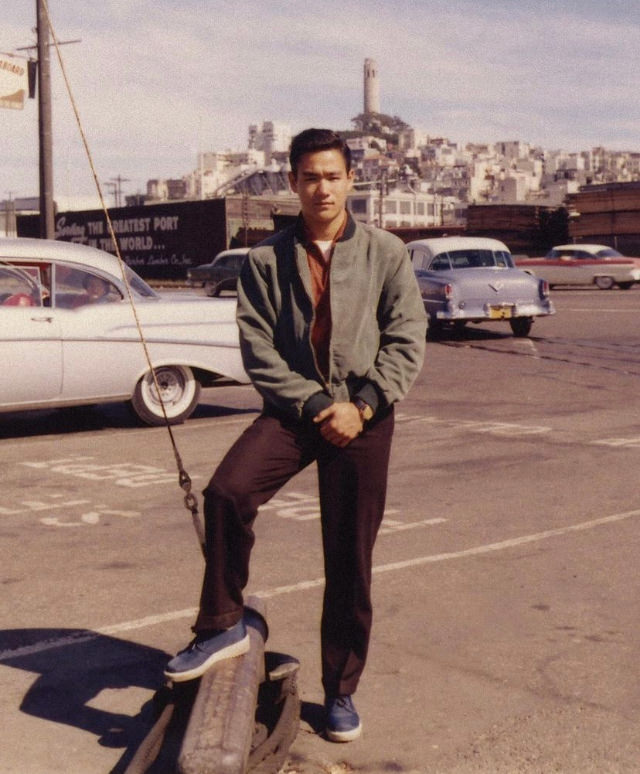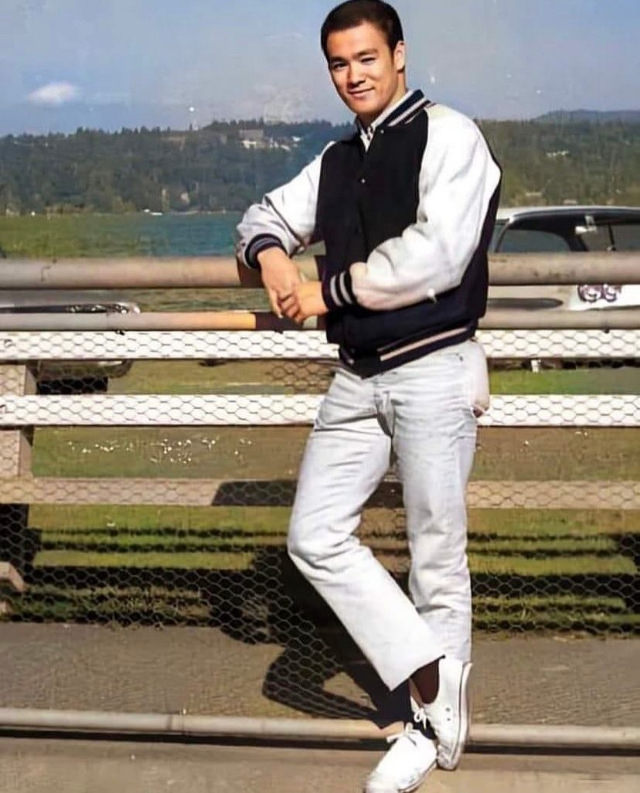The name Bruce Lee is synonymous with martial arts legend, but his journey began as a spirited child in Hong Kong. Born Lee Jun-fan in 1940, he was immersed in the world of entertainment from a young age. His father, a Cantonese opera singer, introduced him to acting, leading to roles in several Hong Kong films as a child.
Despite his early success in acting, Lee was not a model student. He was known for his mischievous nature and often got into trouble with street gangs. His parents, concerned about his behavior, enrolled him in various schools, hoping to instill discipline. However, Lee’s rebellious spirit continued to shine through.
The Path to Martial Arts
Lee’s interest in martial arts sparked after a particularly humiliating encounter with a street gang. He realized the importance of self-defense and began training in Wing Chun kung fu under the renowned master Yip Man. Lee’s dedication and natural talent quickly became apparent, and he progressed rapidly in his training.
Under Yip Man’s tutelage, Lee honed his Wing Chun skills, developing his signature lightning-fast punches and fluid movements. He embraced the philosophy of Wing Chun, which emphasized efficiency and directness in combat. This approach would later become a cornerstone of his own martial arts philosophy, Jeet Kune Do.
Read more
Leaving Hong Kong for America
At the age of 18, Lee’s parents decided to send him to the United States to pursue higher education and distance him from the troublesome influences in Hong Kong. He arrived in San Francisco in 1959 with little money but a burning passion for martial arts.
Lee initially struggled to make ends meet, working various odd jobs while continuing his martial arts training. He eventually opened his own martial arts school, teaching Wing Chun to a diverse group of students. He also continued to learn, studying various other martial arts styles and incorporating their techniques into his own repertoire.
A Star is Born: The Green Hornet
Lee’s big break came in 1966 when he landed the role of Kato, the masked sidekick in the television series “The Green Hornet.” Despite the show’s short run, Lee’s charismatic performance and impressive martial arts skills garnered attention from Hollywood producers.
Despite his growing popularity, Lee faced discrimination in Hollywood due to his Chinese heritage. He was often typecast in stereotypical Asian roles and struggled to secure leading roles. Frustrated with the lack of opportunities, he returned to Hong Kong in 1971.
Return to Hong Kong and International Fame
In Hong Kong, Lee’s career skyrocketed. He starred in a series of martial arts films that broke box office records and catapulted him to international fame. Films like “The Big Boss,” “Fist of Fury,” and “Way of the Dragon” showcased his incredible martial arts skills and charismatic screen presence.
During this time, Lee developed his own martial arts philosophy, Jeet Kune Do, which he described as “the style of no style.” Jeet Kune Do emphasized adaptability and practicality, rejecting the rigid forms of traditional martial arts. This innovative approach revolutionized the world of martial arts and cemented Lee’s legacy as a pioneer.
Lee’s meteoric rise was tragically cut short in 1973 when he died unexpectedly at the age of 32. His death left a void in the film industry and the martial arts world. However, his legacy continues to inspire generations of martial artists and filmmakers.


